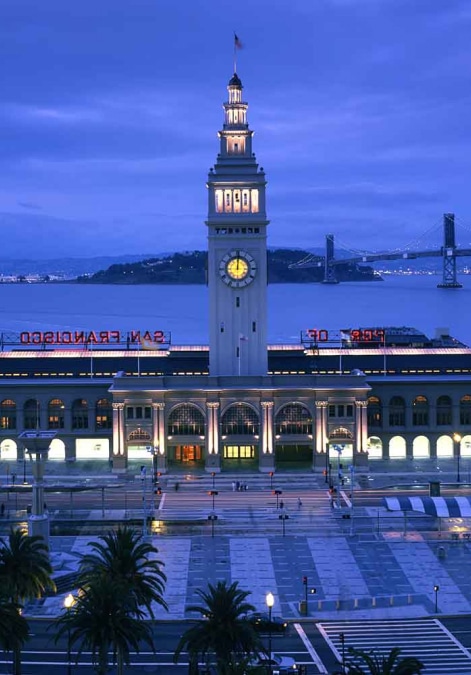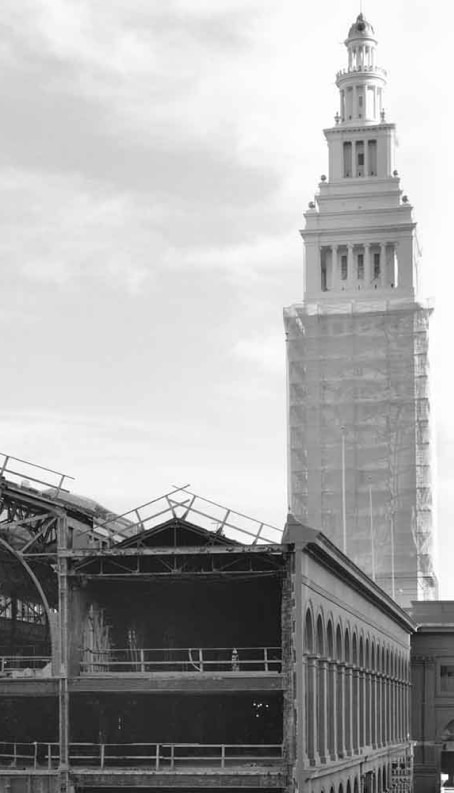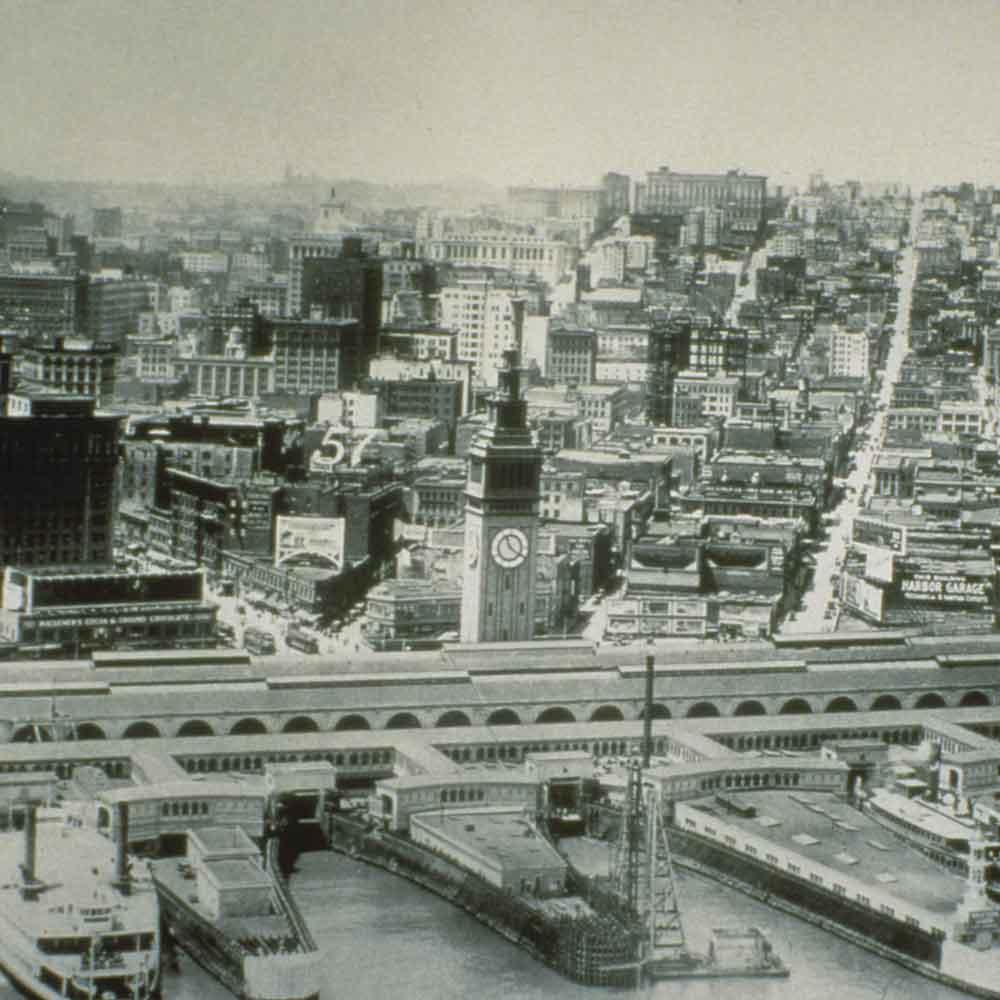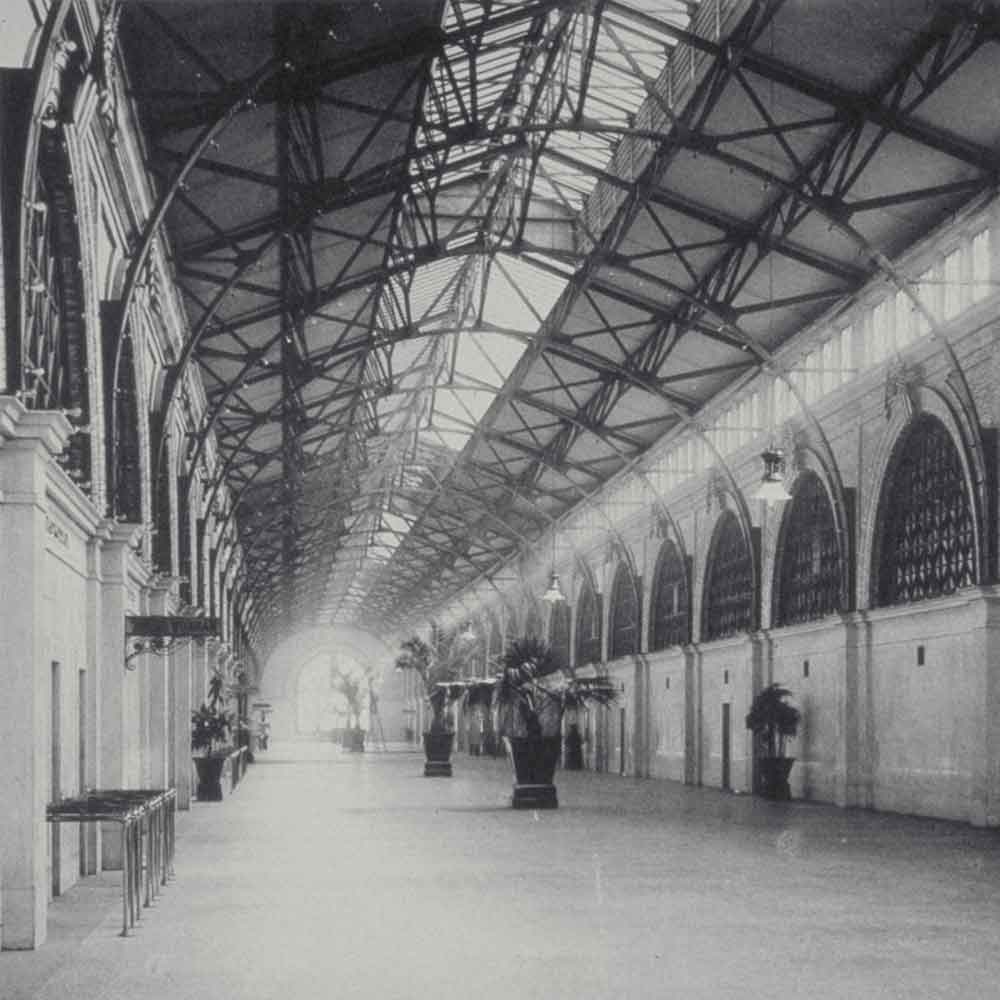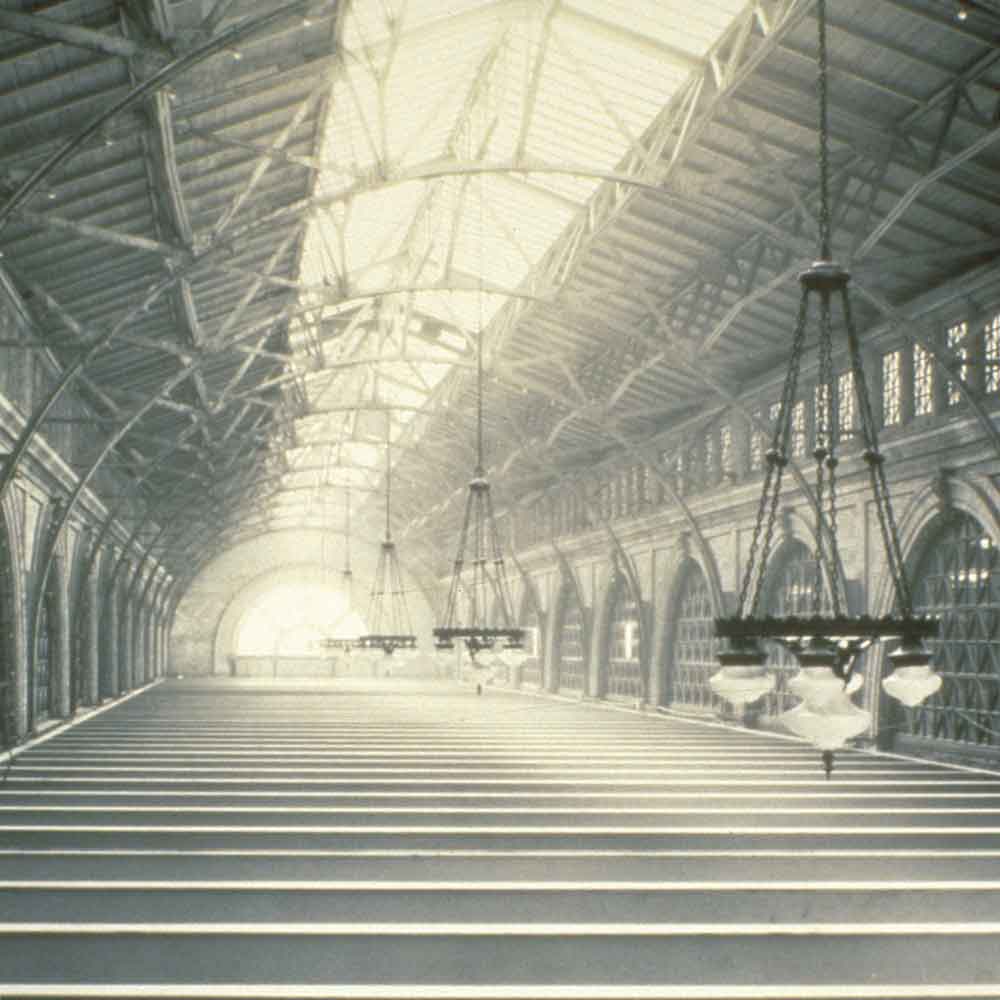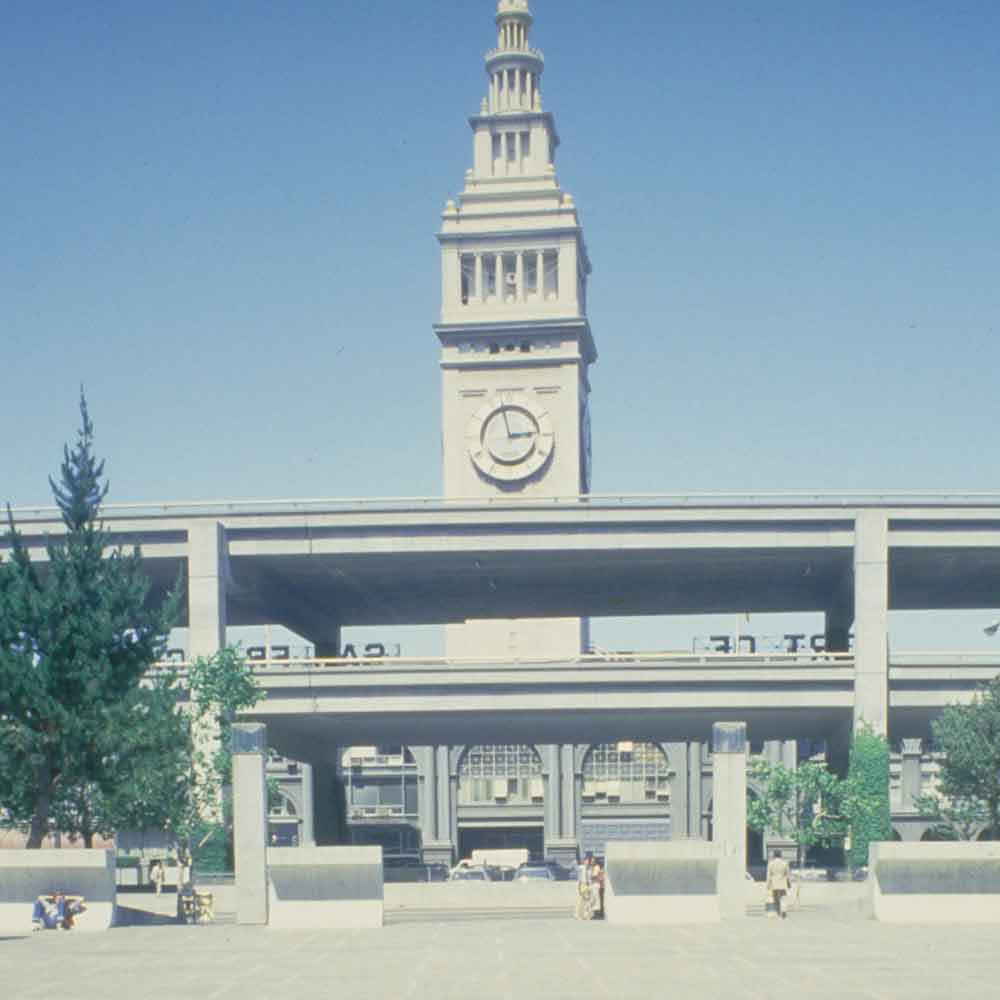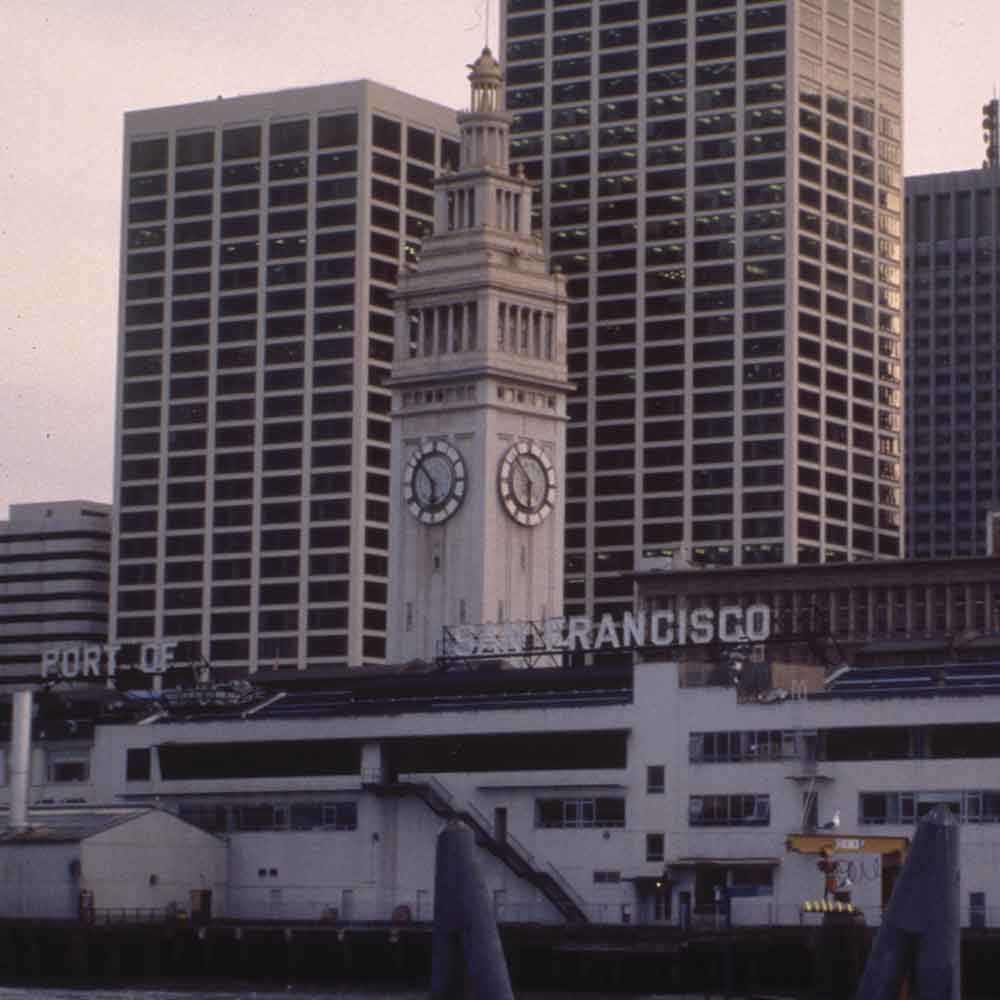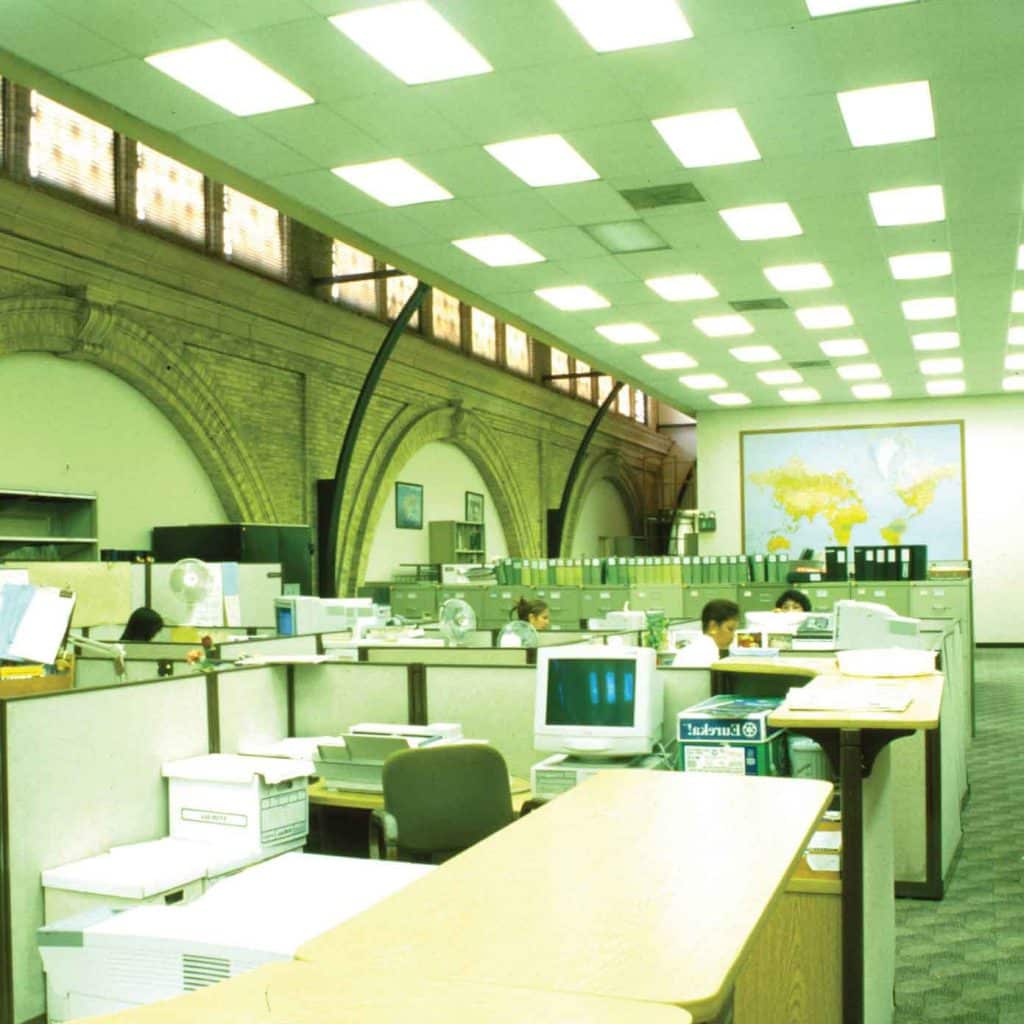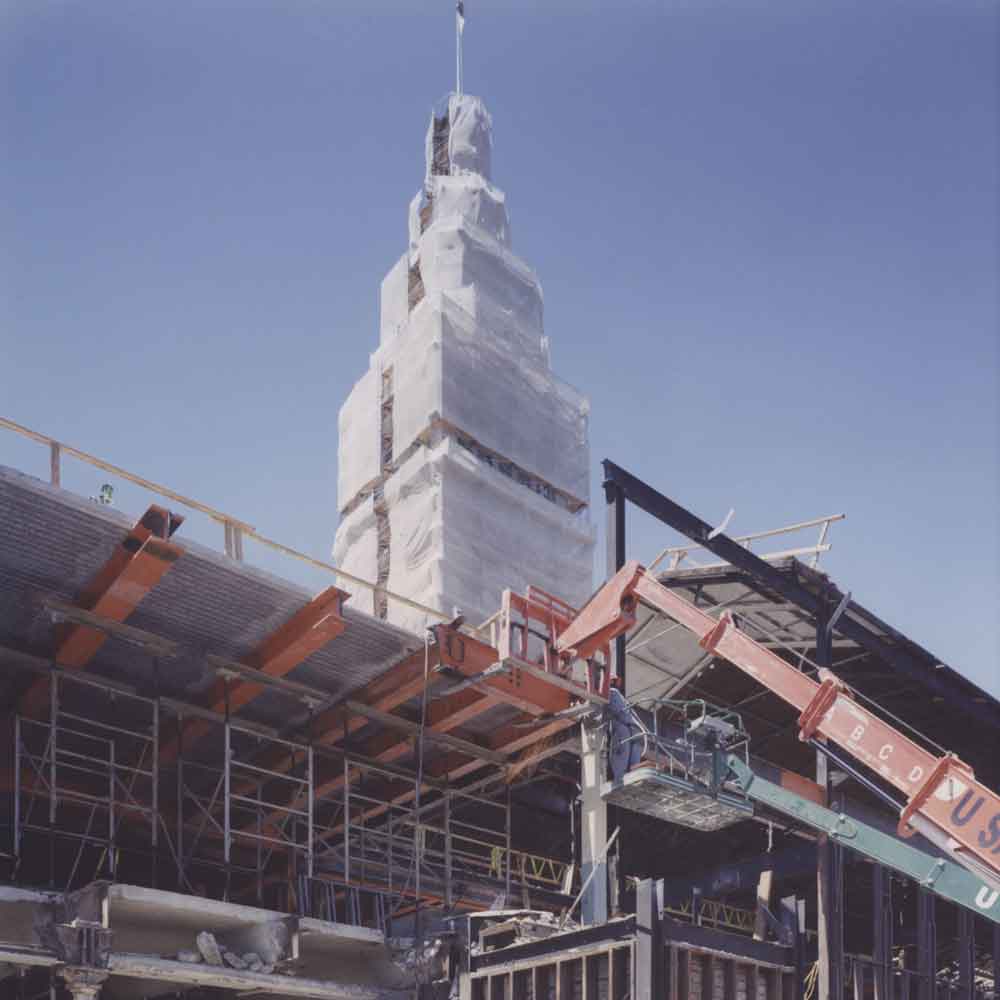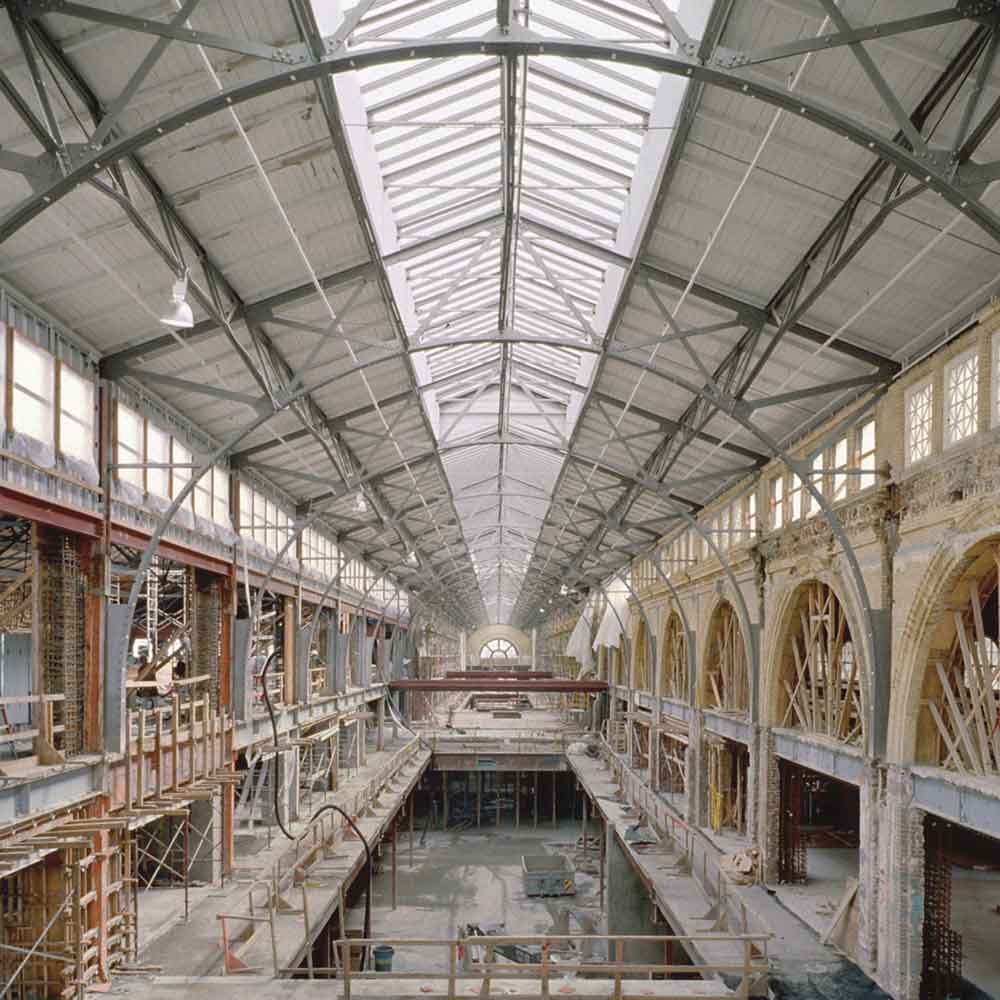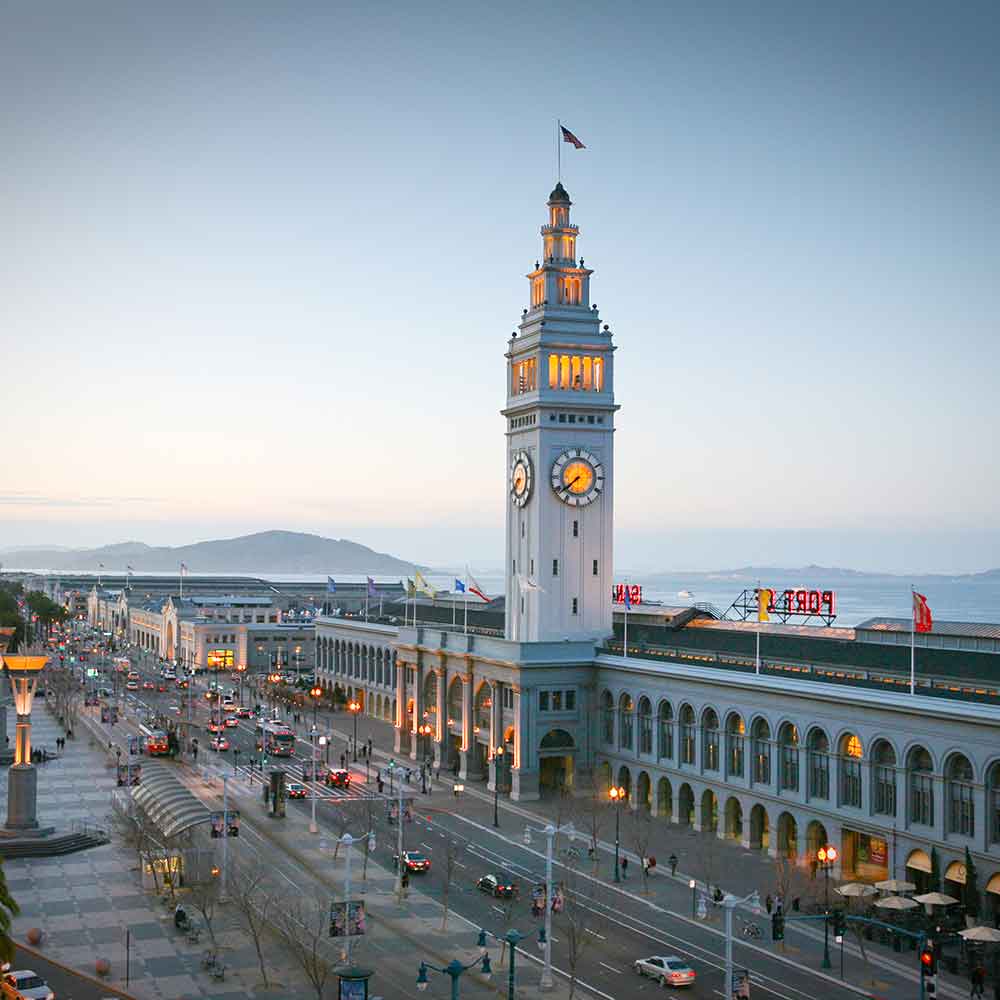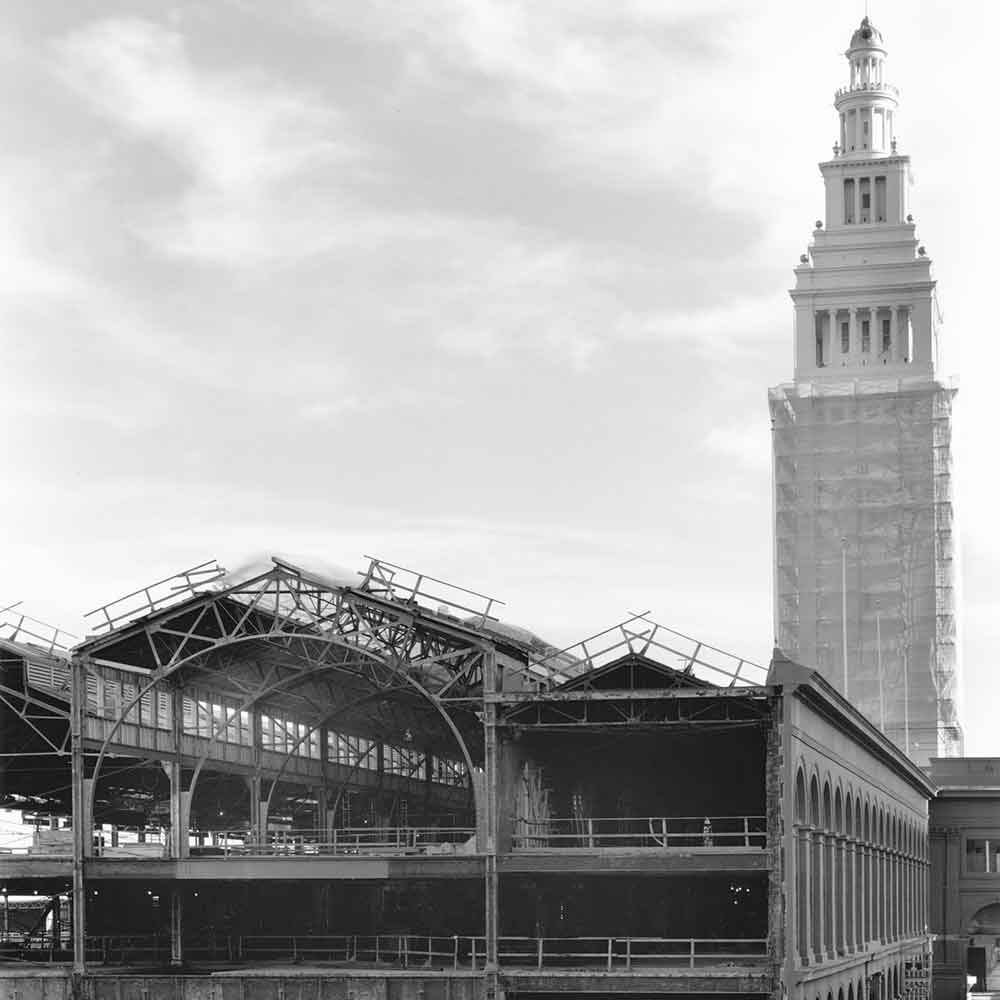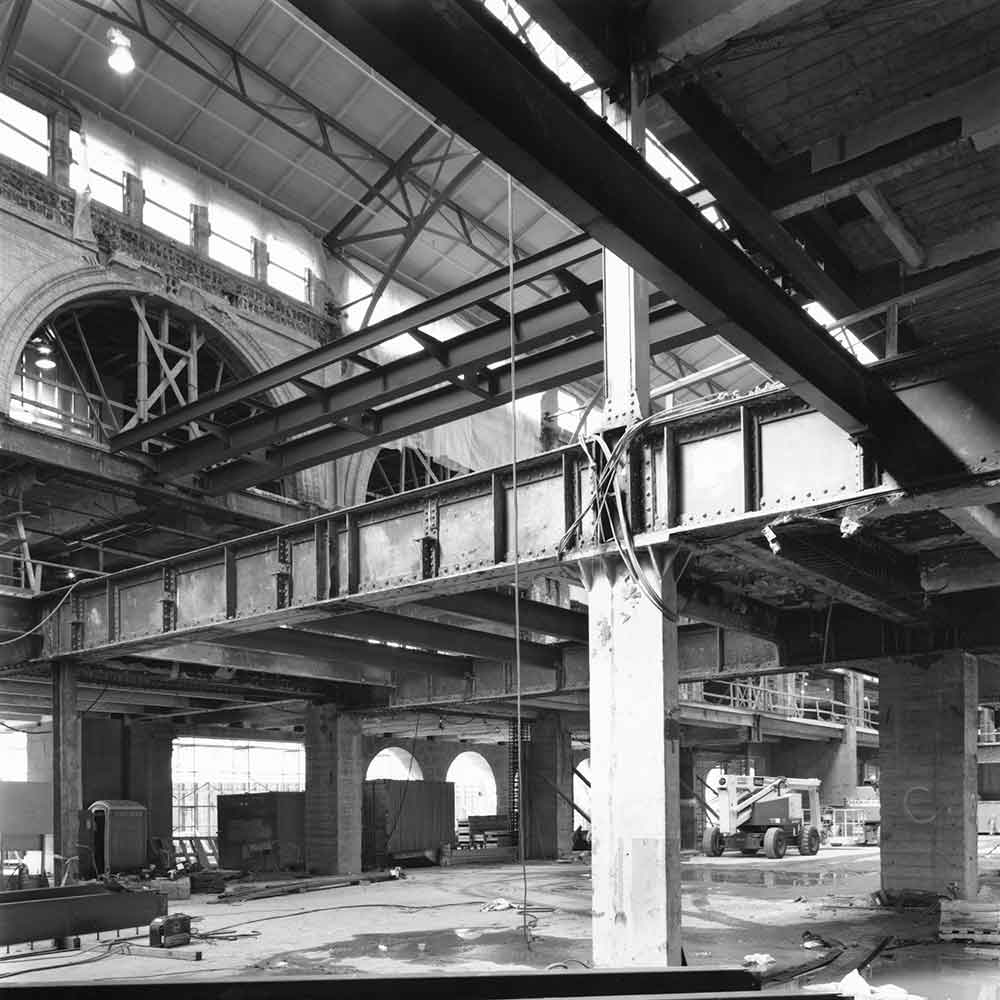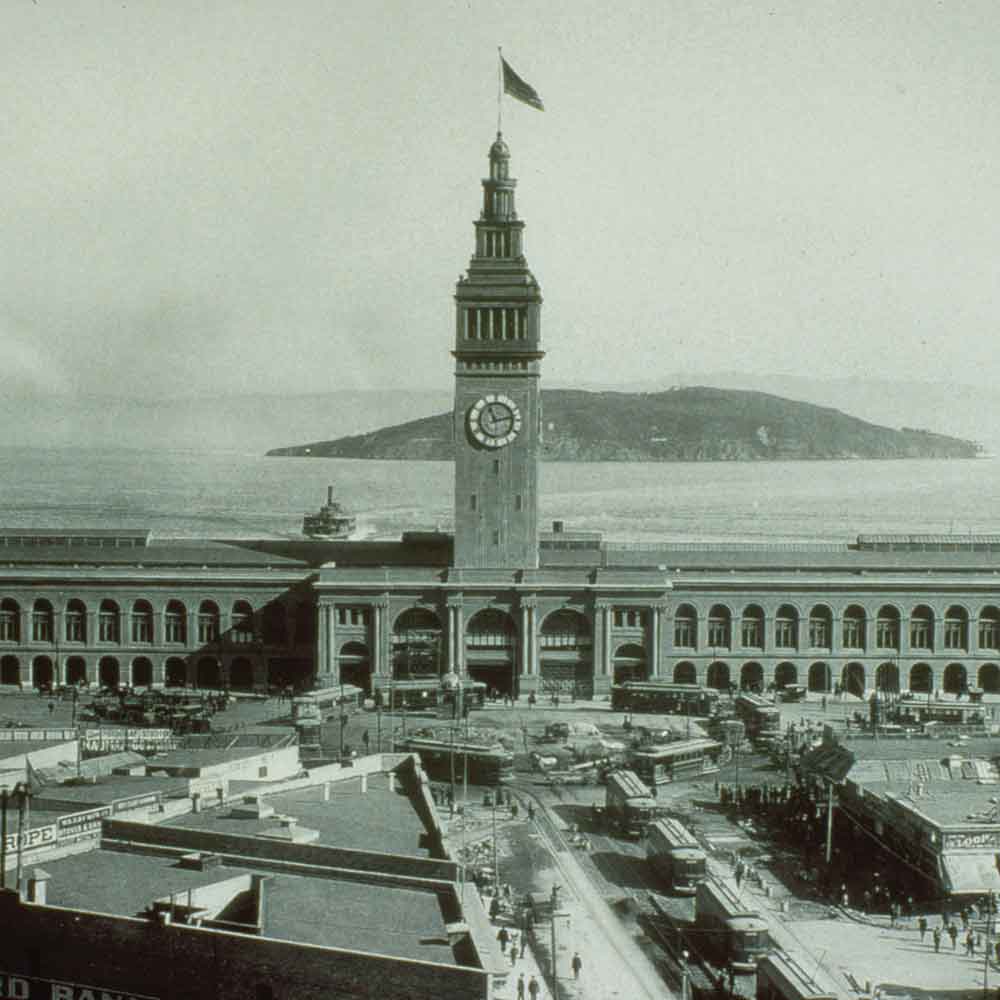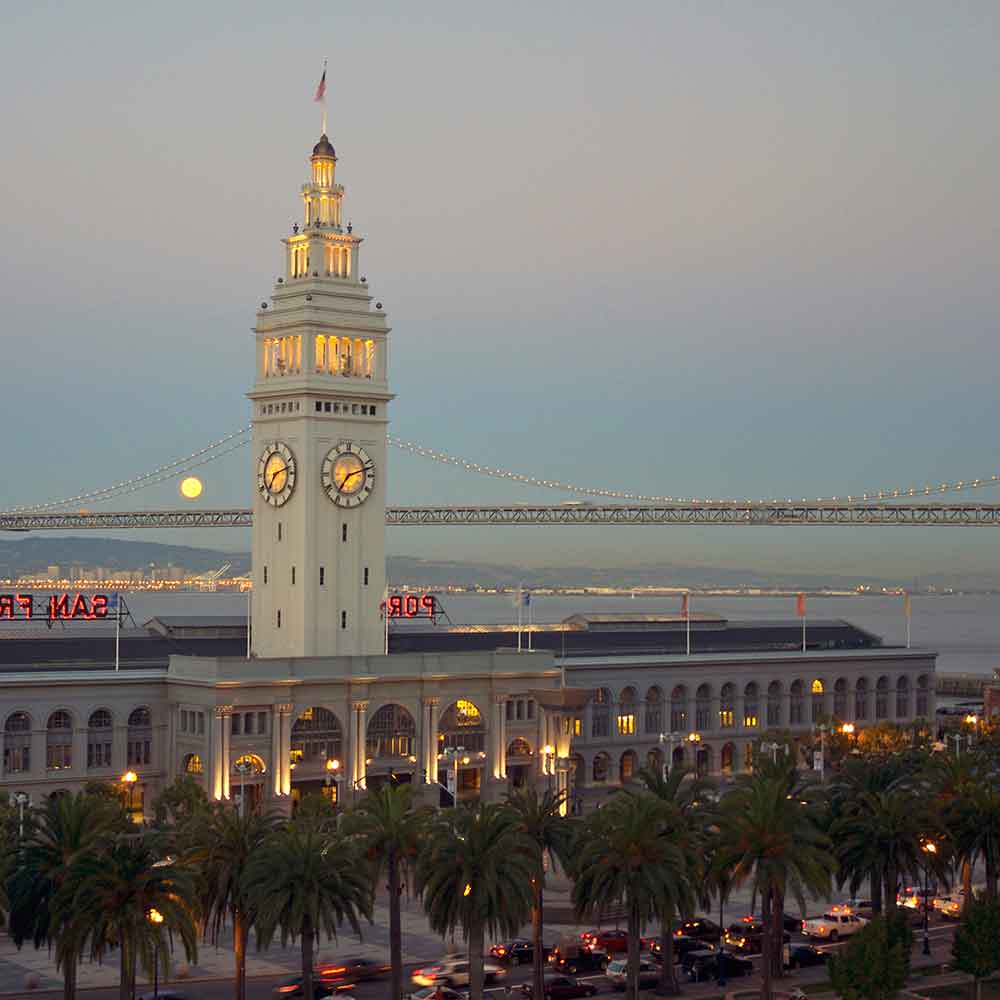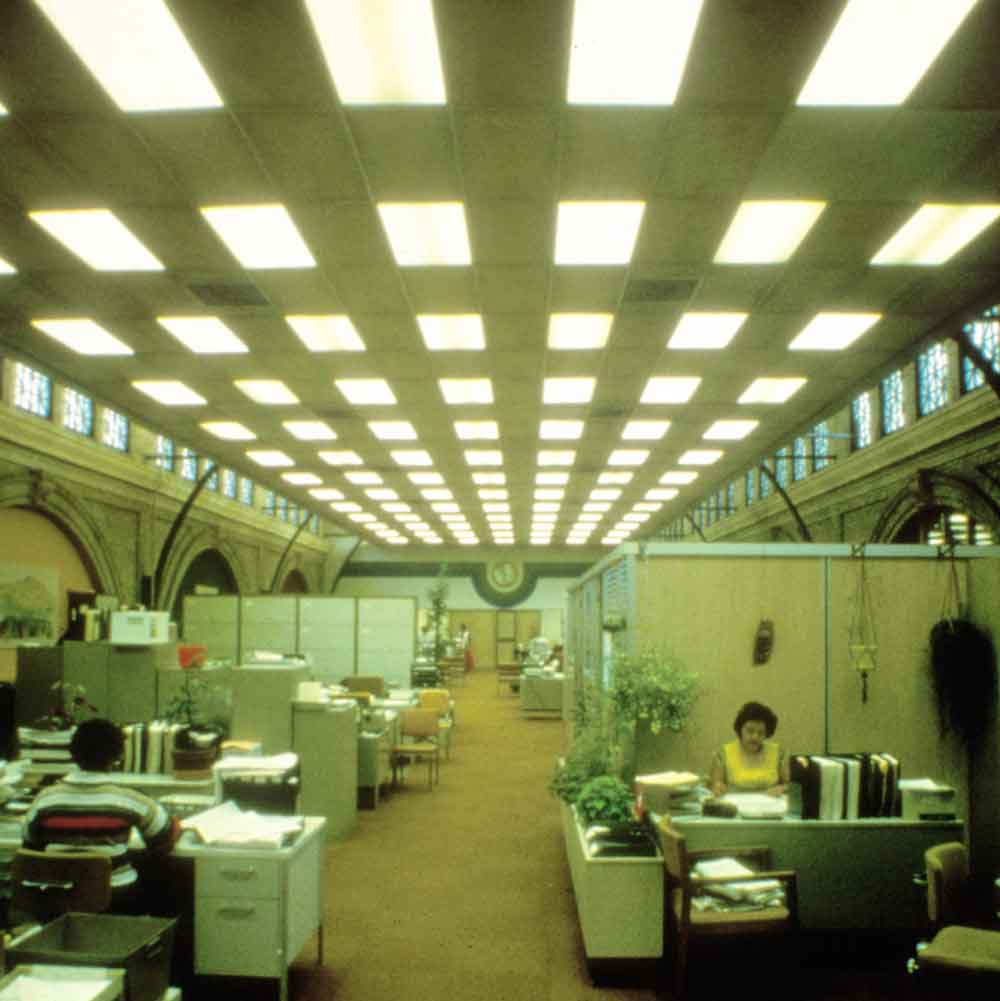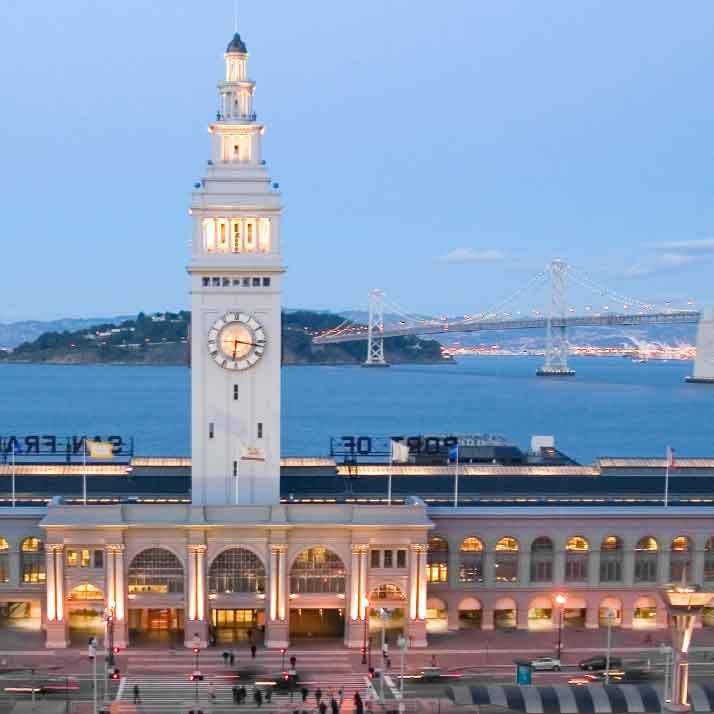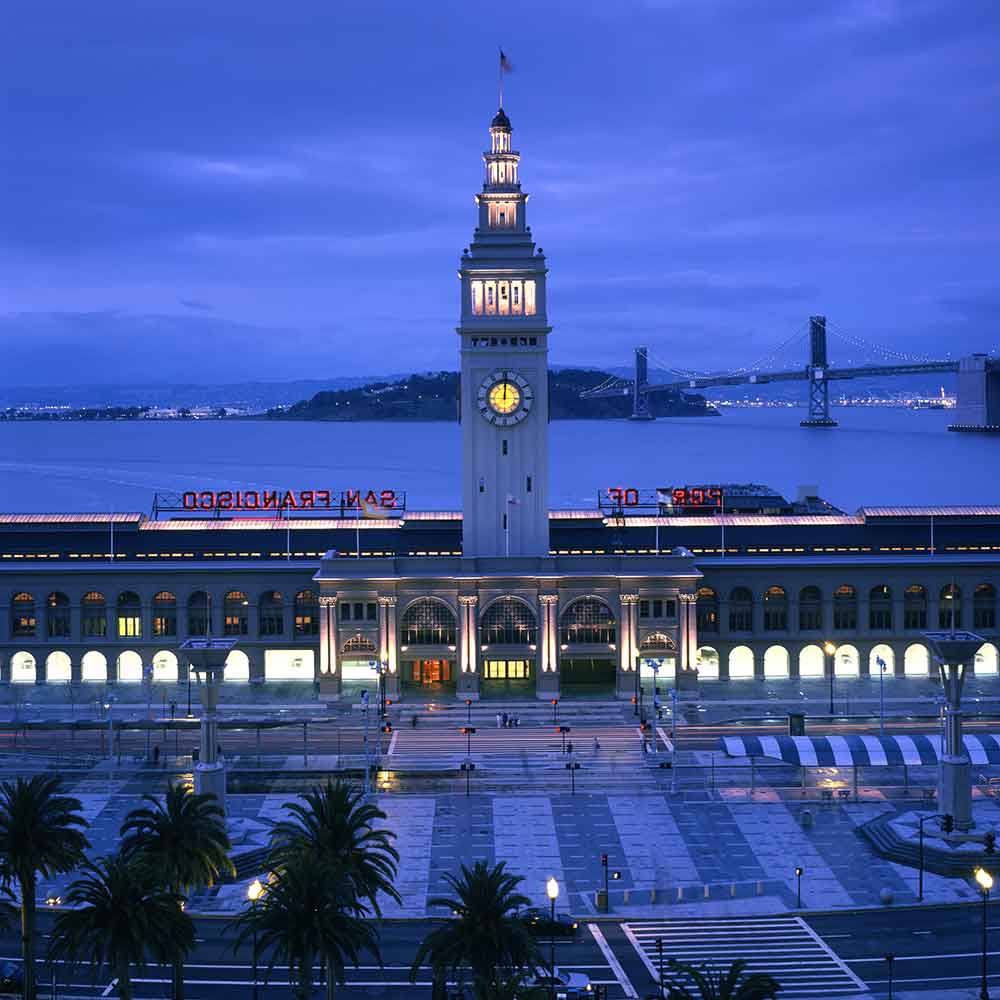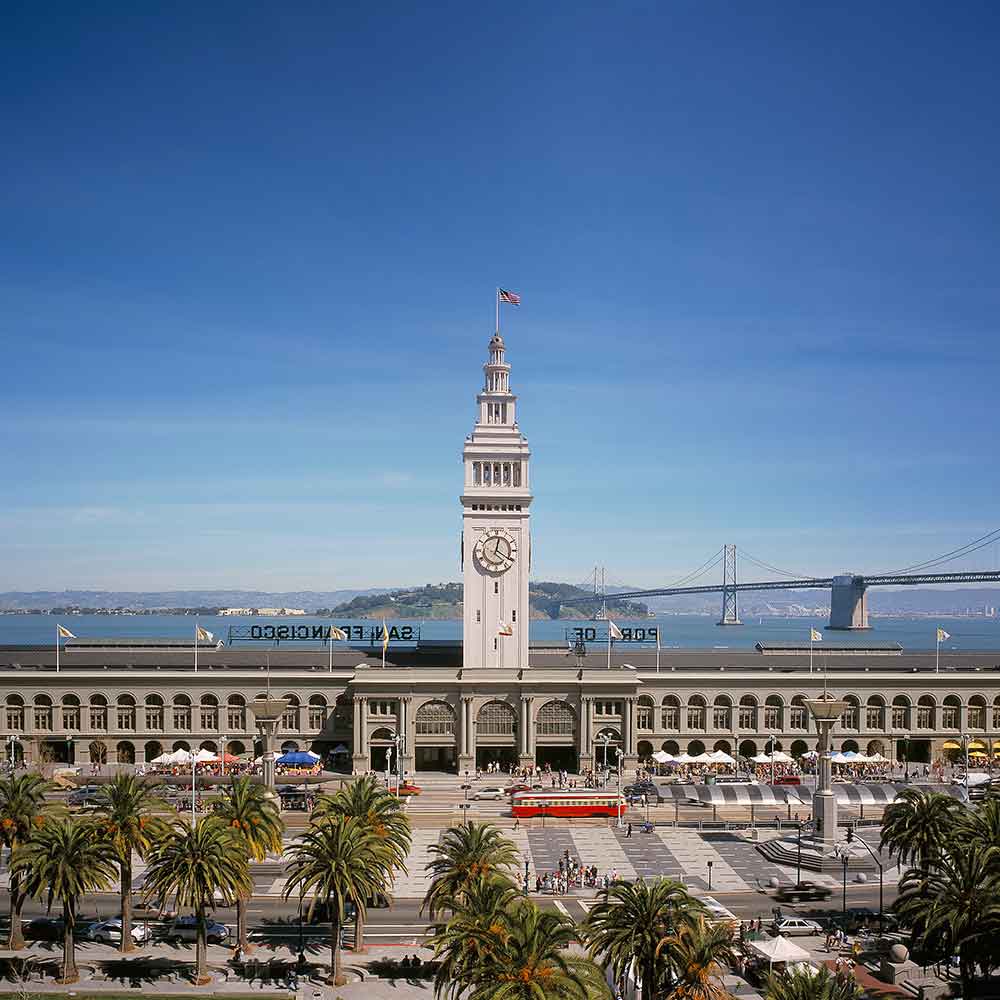A famous city’s most famous landmark.
About
The Ferry Building is an iconic, historic landmark that acts as the gateway to San Francisco and as a civic gathering place for residents and tourists alike. The Marketplace offers a vibrant collection of primarily local, independently owned shops and restaurants dedicated to the customers they serve. The Ferry Building is committed to the artisan food community and to fostering the values of that community.
- Operate as a community gathering-place for the celebration of local culture and cuisine.
- Showcase small regional producers that practice traditional farming or production techniques.
- Promote the Bay Area’s vast diversity and serve as an incubator for artisan producers.
- Collaborate with local authorities to build strong community and regional ties to the Ferry Building.
- Collaborate with local transit authorities to build strong regional ties to the Ferry Building.
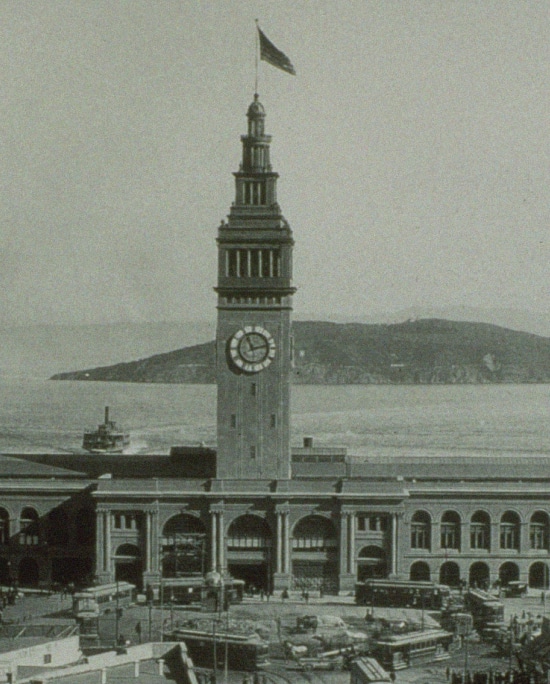
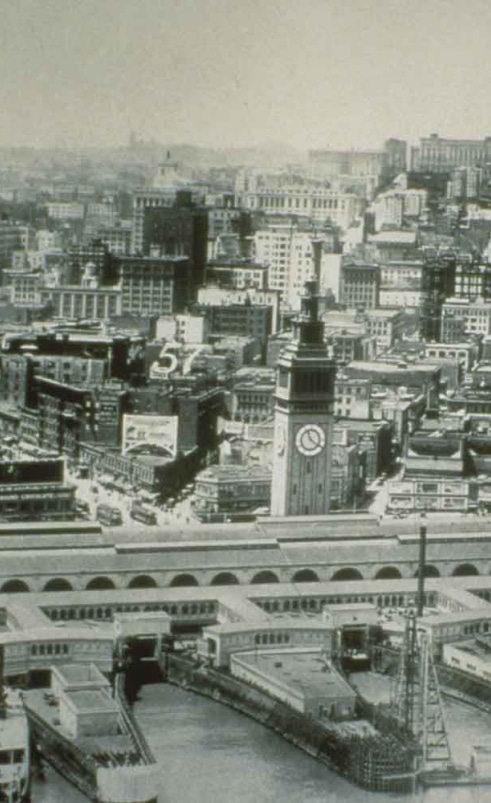
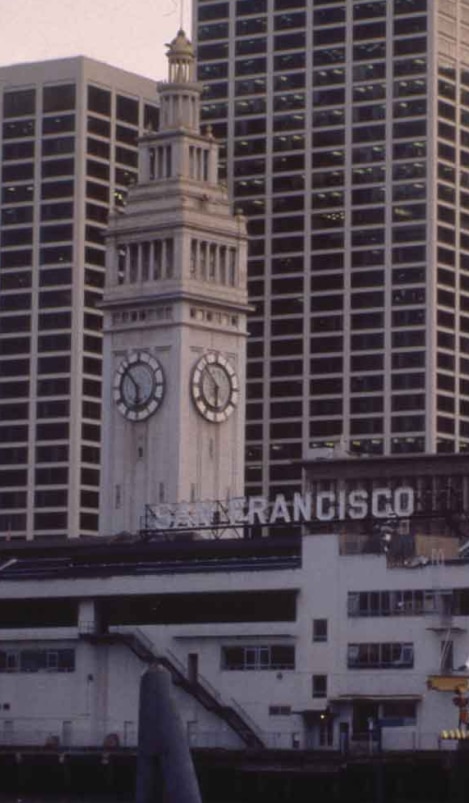
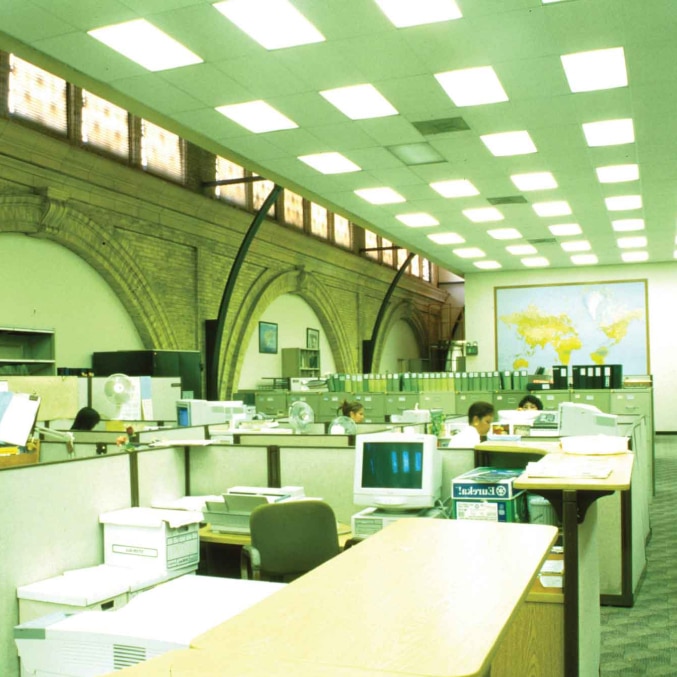
history
What makes the Ferry Building San Francisco’s most famous landmark? First is its strategic location at the foot of Market Street– at the center of the city’s financial, banking and transportation district. Second is its history as the primary portal of the city. Third is the dramatic architecture and clocktower that served as icons of the San Francisco waterfront for more than 125 years.
Opening in 1898, the Ferry Building was a transportation focal point for anyone arriving by train. From the Gold Rush until the 1930s, arrival by ferry became the primary way for travelers and commuters to reach the city. Boat passengers passed through an elegant two-story public area with repeating interior arches and overhead skylights. At its peak, as many as 50,000 people a day commuted by ferry.
The openings of the Bay Bridge and Golden Gate Bridge, along with mass use of the automobile, diminished the daily commute by ferry. And by the 1950s, the Ferry Building was used very little. The historic interior of the structure was lost in 1955, when much of the building was converted to standard office space. The double-deck Embarcadero Freeway also cast its shadow over the building for 35 years–until the 1989 Loma Prieta Earthquake damaged the freeway and it was demolished to make way for today’s Embarcadero.
After the 1989 Earthquake, the City created a plan for the waterfront that included the demolition of the double-deck freeway and the creation of a new street-level Embarcadero to activate an area that was historically industrial in character. To draw the public to the new waterfront, the Port and City of San Francisco supported the redevelopment of the historic Ferry Building at its center point.
In March 2003, the landmark San Francisco Ferry Building reopened to the public after an extensive four-year restoration. The restoration recreated the building’s historic Grand Hall, previously hidden under 1954-era office renovations—with the 660-foot-long skylit nave ranking as one of the most dramatic interior public spaces in San Francisco. Additionally, that dramatic space was transformed into a marketplace that now houses many of the region’s most dynamic artisanal food purveyors. Together with the Ferry Plaza Farmers Market, the Ferry Building Marketplace has become a San Francisco institution that serves as a public destination for the Bay Area’s dynamic food culture.
A significant restoration effort began in 2019 to repair portions of the façade and repaint the exterior. In 2023, proposed plans were announced to further enhance and protect the iconic building.
On July 13th 2023, the Ferry Building celebrated its 125th anniversary and Mayor London Breed officially proclaimed July 13th Ferry Building Day in San Francisco, marking a day each year to commemorate the iconic landmark. A significant restoration effort to preserve the historic character of the building was completed in 2024. The four-year project repaired portions of the façade and repainted the exterior in “Ferry Building Gray,” a custom-blended paint representing the varied warm gray tones of the building’s original Colusa sandstone.
